Call or Text
801-438-4793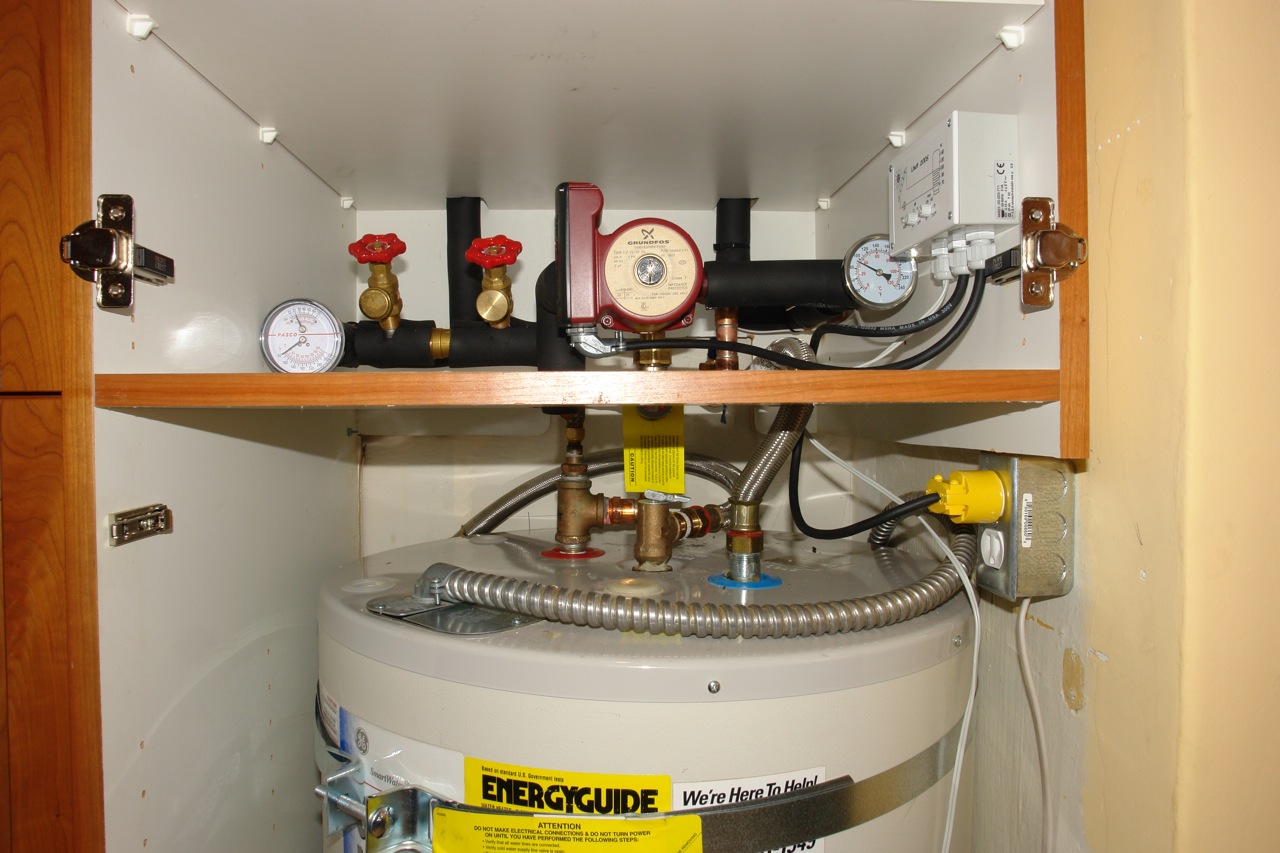
Basic Water Heater Maintenance Tips
October 22, 2014
The water heater is an essential home appliance that you rely on day after day. Though you may use less hot water during the warmer months, it is nevertheless a critical component of your home throughout the year. Water heaters are fairly straightforward appliances in terms of functionality and are not terribly complex to maintain–whether gas or electric. Well maintained water heaters can easily last up to a decade or longer. Extending the lifespan of the water heater and saving on energy costs come down to a few basic maintenance steps. Much of this maintenance can be done annually. Here are some helpful tips.
Adjust Temperature Settings
Making adjustments to the temperature settings on the water heater is simple. Locate the temperature dial on the water heater. On electric heaters this dial will be behind the heater panel; on gas heater it will be a knob on the gas valve. Make sure the temperature setting is between 115 and 120 degrees. This is a good setting for the water heater since it will help protect the tank from overheating and reduce energy consumption when heating water. You can always lower the temperature setting and return to make adjustments if it is inadequate.
Test the Temperature & Pressure Relief Valve
This valve is important to safe operation of the water heater. Testing this valve for proper functioning is essential to know if it needs to be replaced. Along the side of the water heater, there should be a valve and pipe extending down and into a hole in the heater. On this valve you will see a lever. Simply lift this lever halfway, release it, and allow it to snap back into place. Upon doing this you should hear a gurgling sound as the valve allows water to release into the drain tube. If you did this and nothing happened, the valve is likely no good and needs to be replaced.
Flush Sediment
Sediment accumulates at the bottom of the tank over time and can lead to rust, corrosion, and generally inefficient operation. You can help prevent that by performing either a full or mini flush of the tank. Full flushes require a bit more work since they require a complete shut-down of the water heater. A mini flush may be a better option since it takes less time, doesn’t require the water heater to be shut down, and can effectively remove sediment from the bottom of the tank. To do this, first locate the drain valve near the bottom of the tank and place a bucket beneath it. Some valves will have a handle while others have a stem with a screwdriver slot. To open the valve, turn the valve counter-clockwise and release a few gallons of water into the bucket. Simply turn the valve clockwise to close it and dispose of the water in the bucket. This can be a good way to quickly ‘cleanse’ the water heater of sediment and help improve performance. Water heaters are dependable appliances and with a little basic maintenance, can last many years before requiring replacement.
Recent News
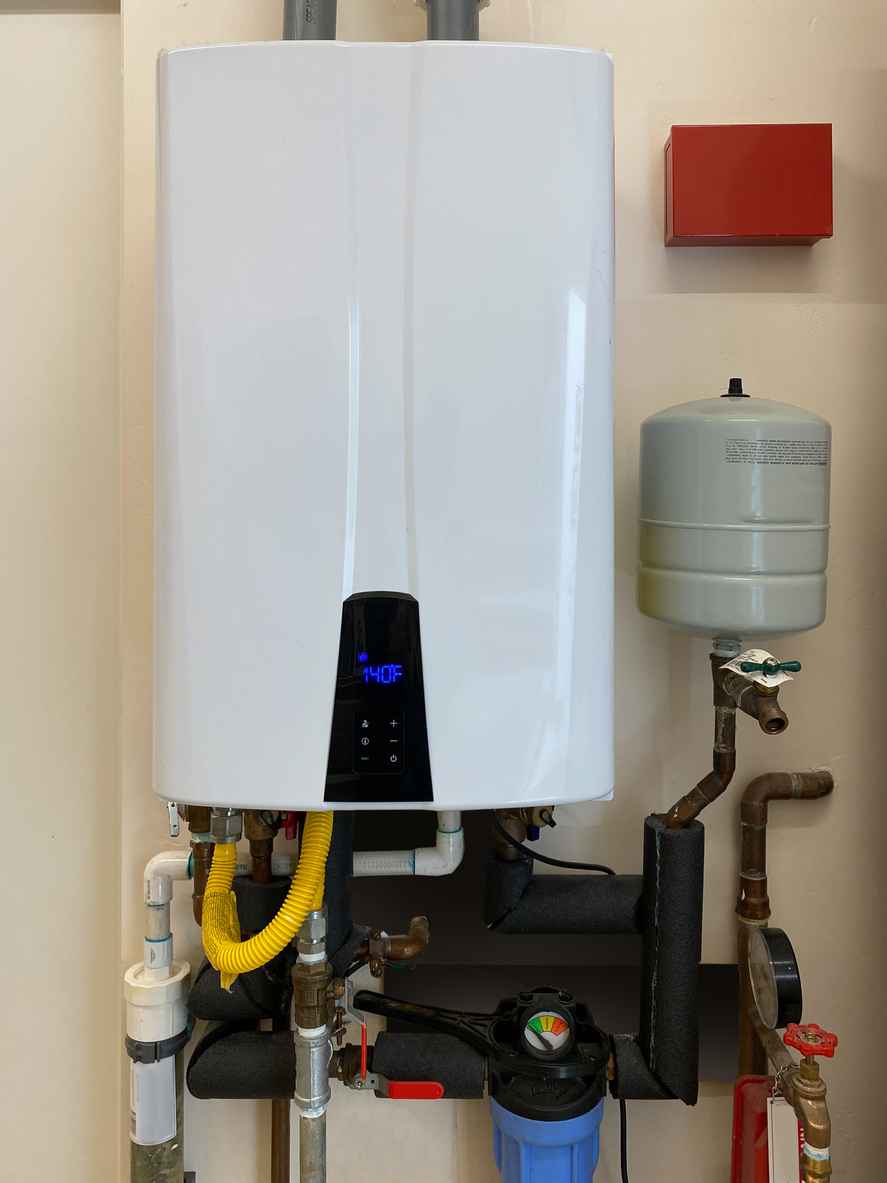
How Do Tankless Water Heaters Work?
March 19, 2024
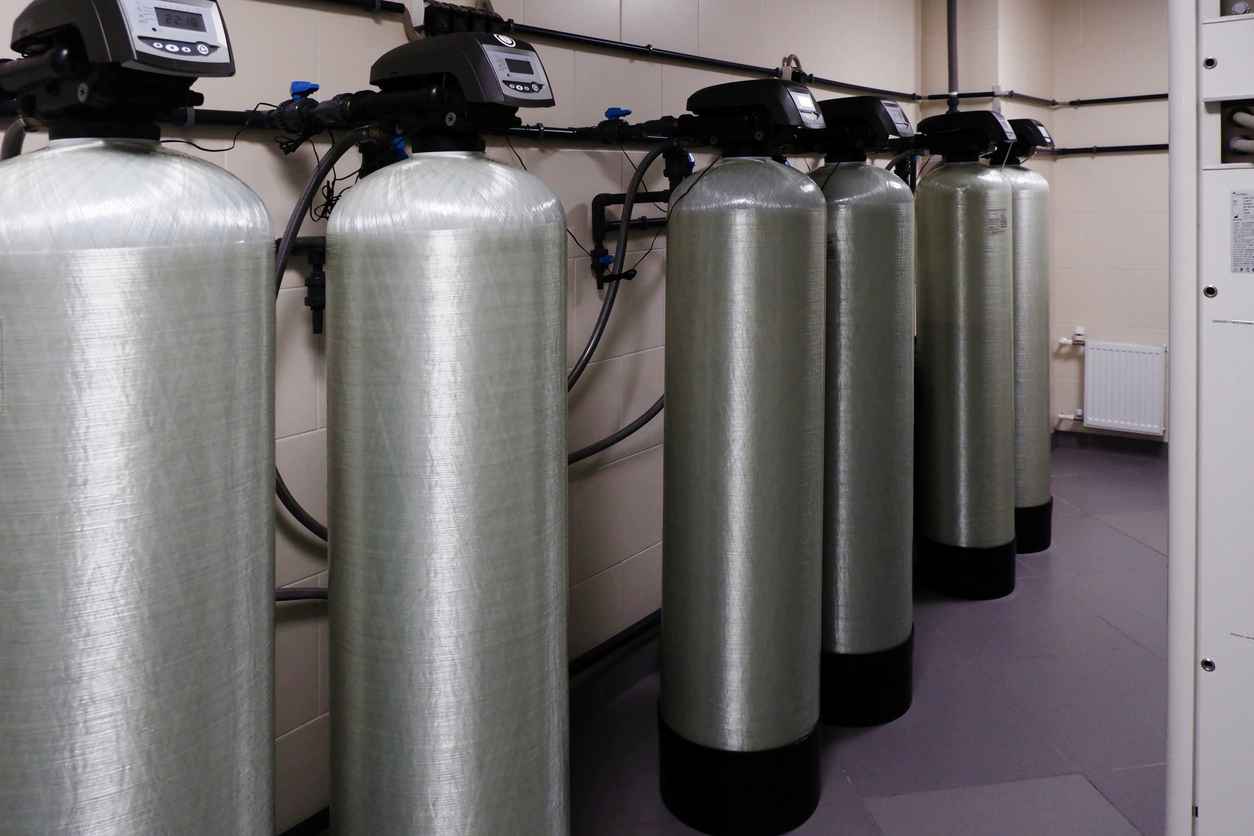
How Much Is a Water Softener?
March 5, 2024
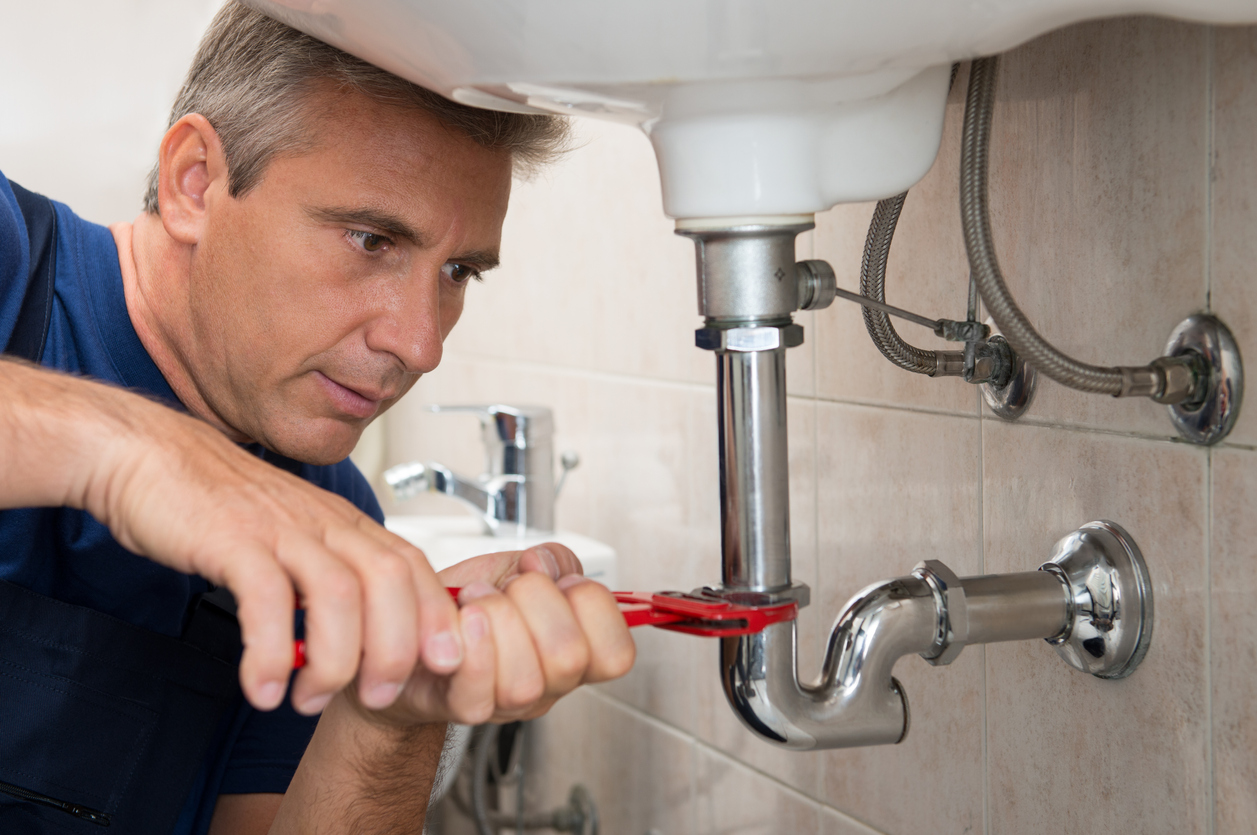
How to Fix Leaky Pipes Under Kitchen Sink
February 22, 2024
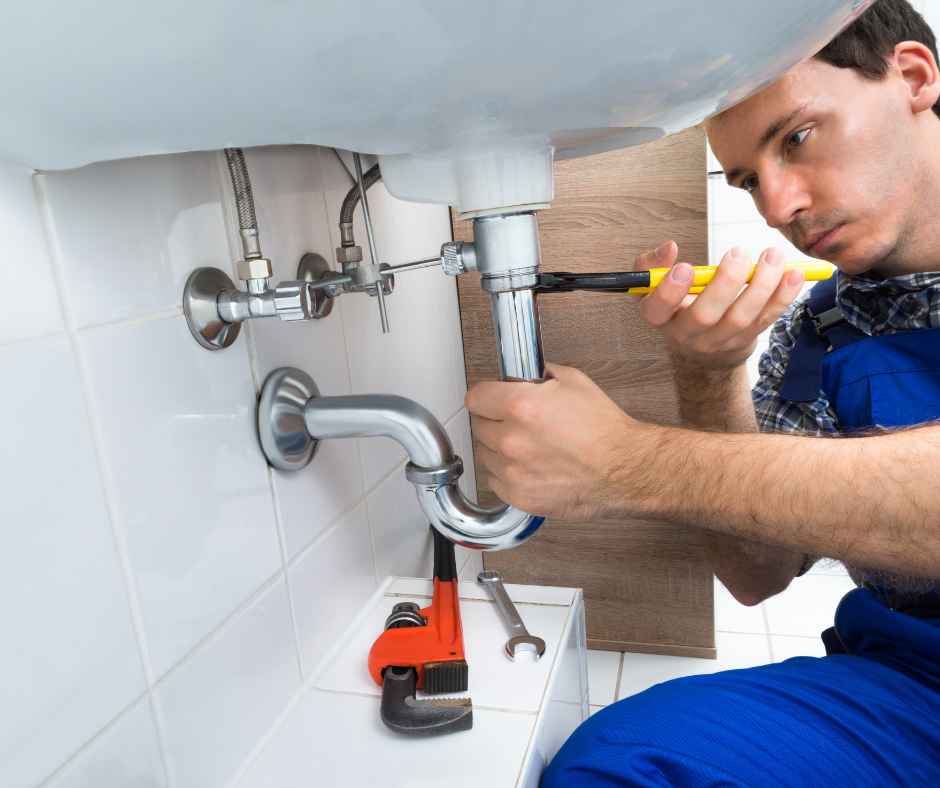
How Much Does Emergency Plumbing Cost?
February 8, 2024
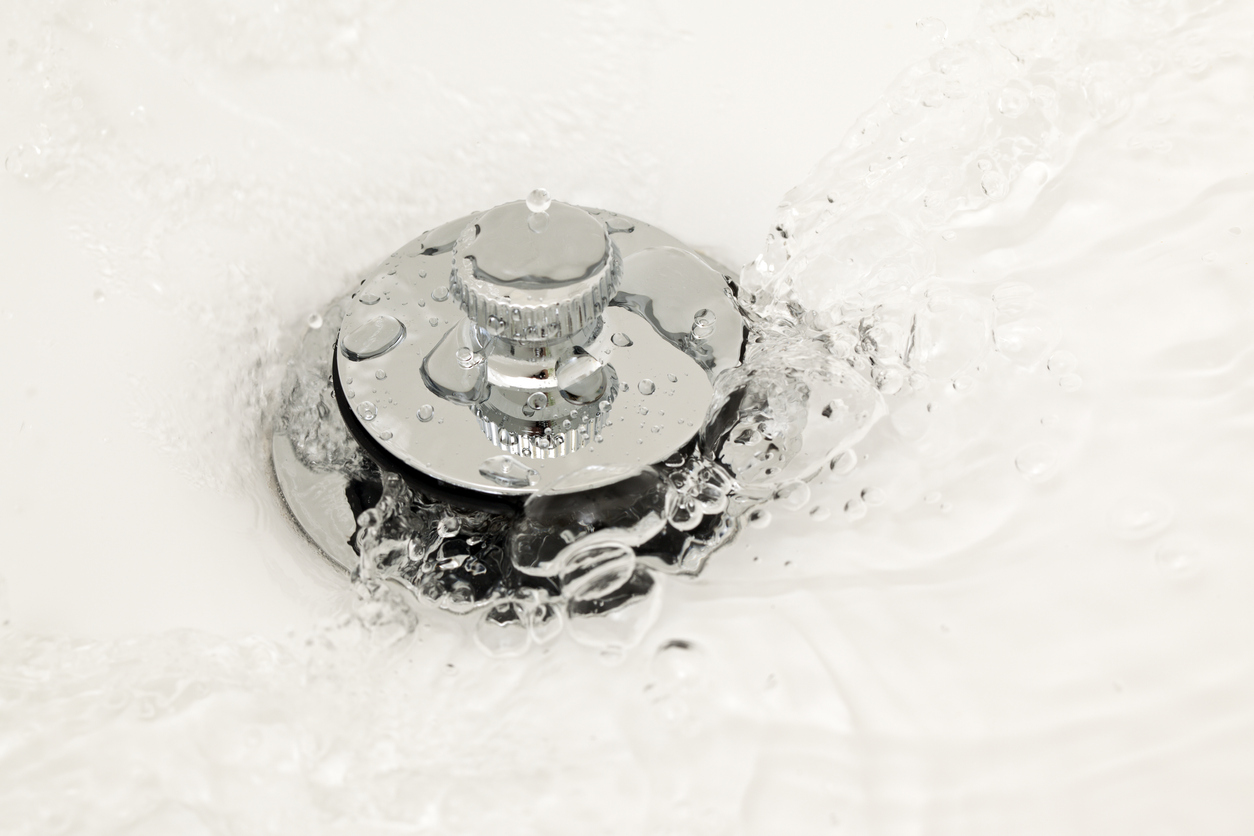
How to Unclog a Bathtub Drain
January 16, 2024
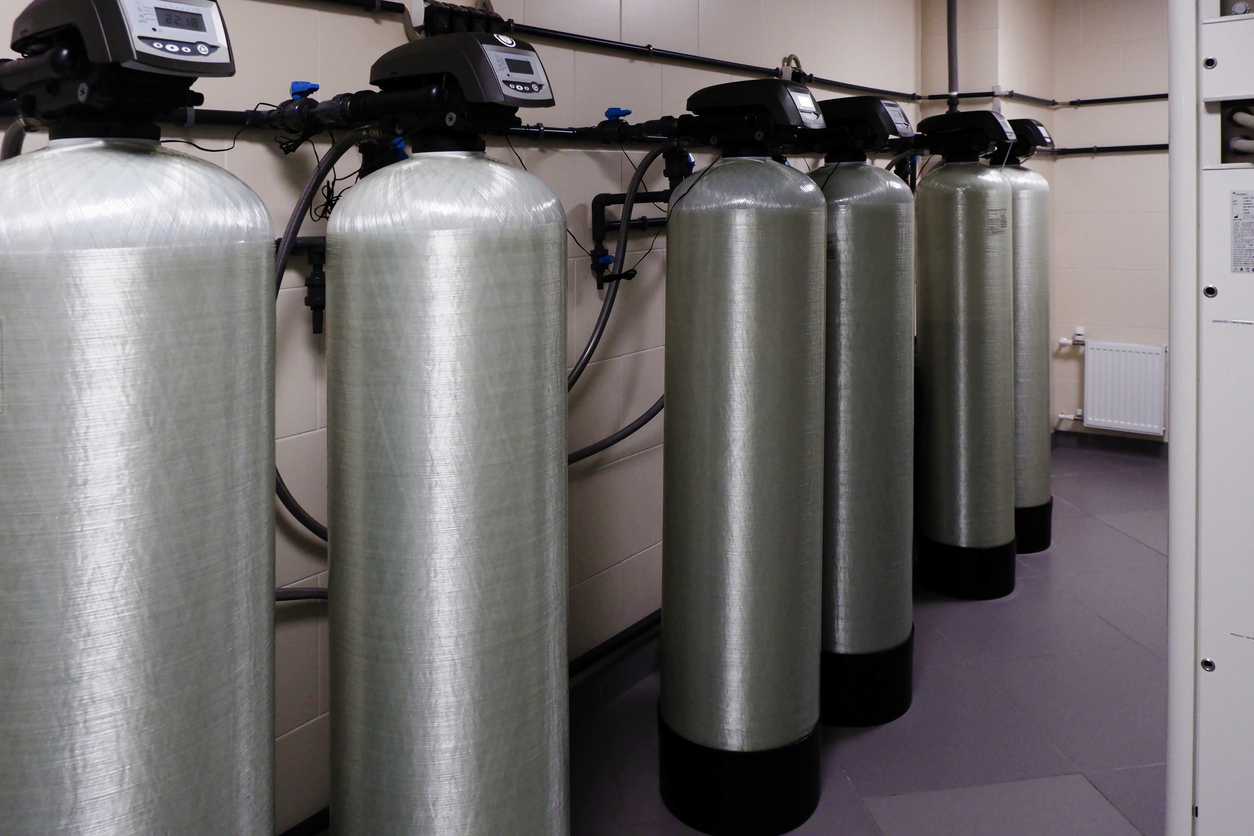
How Much Is a Water Softener?
January 9, 2024

